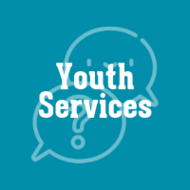What's the Matter with Trash?
(View Complete Item Description)What's the Matter with Trash?Have you ever wondered what happens to trash once you throw it away? You may know that it goes to a dumpster or that the trash collectors come and get it. But, what happens then? Some of the items you throw away will break down into smaller parts, some might get heated in fire, and others will get buried underground in landfills and might never break down at all! Trash and the many ways humans “get rid” of it can cause a number of health issues for the community. You will explore the properties of materials we throw away and how you can make your community cleaner and healthier by learning to recycle, reuse, and reduce waste. You will then influence your community by convincing others to improve solid waste management.
Material Type: Unit of Study




















